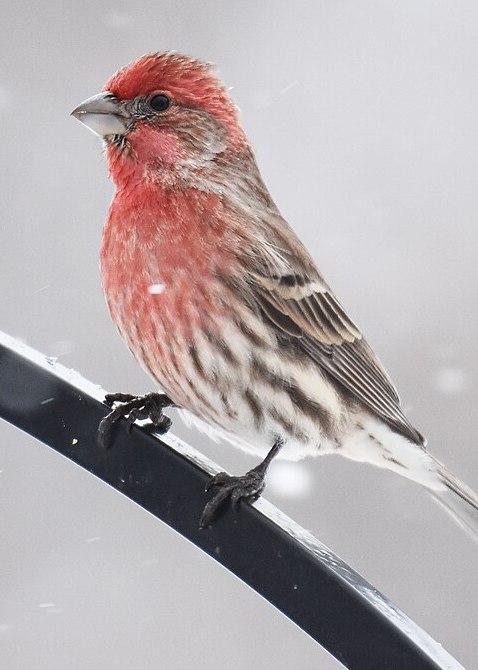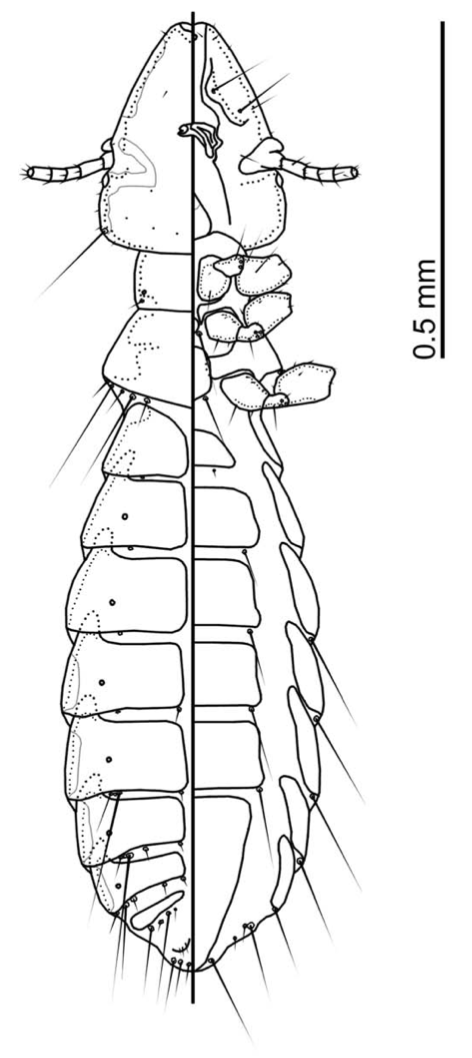Terrestrial Parasite Tracker – Price Collection of Parasite Research
If you’re watching wildlife from your kitchen window, you are witnessing several levels of biodiversity that cannot be seen through binoculars. Birds and mammals are hosts to many parasites that live amongst their fur and feathers—lice, fleas, flies, ticks and mites. Yet scientists are just scratching the surface of the world of parasites. Millions of specimens are sitting in museums all over the world, but a lack of digital records make them hard to find and study.
Thanks to Terrestrial Parasite Tracker volunteers at Notes from Nature, thousands of these specimens are now available to everyone. Transcription of microscope slides of lice and fleas from the Price Collection of Parasite Research at the University of Utah began at the beginning of the pandemic, and finished this month. Over 22,000 slides that have been digitized, representing specimens from over 80 countries. Throughout these digital expeditions, volunteers have pointed unique specimens that caught their interests – here are a few:
A louse from Fordlandia, which at the time the louse was collected was a rubber plantation in Brazil run by the Ford Motor company (https://www.gbif.org/occurrence/2632420706).
One of the oldest specimens in the collection is a louse from an Oriental Pied Hornbill. The Hornbill was added to the collection of the American Museum of Natural History in 1884. This bird specimen was later examined by Dr. Elbel for ectoparasites, which is when these lice were found and preserved (https://www.gbif.org/occurrence/3030073403).
The digitization of these collections also allows us to see the impact of world events on parasite discovery. Perhaps not surprisingly, very few parasites were added to this collection during World War II. Notably, however, the flea (https://www.gbif.org/occurrence/3806588529) was collected in Okinawa, Japan in April of 1945, and many of the species in the collection were identified by or described by K.C. Emerson, who was in the US military and survived the Bataan Death March as a prisoner of war in the Philippines. Types of some of the lice he described later in his life are in the PIPR collection (https://www.gbif.org/occurrence/2632420789).
It’s not all old news. There are still many undescribed species in the collection. In fact, if you watched a House Finch before the year 2019, you were probably also watching a species unknown to science (https://www.gbif.org/occurrence/3030072533). This new species Brueelia thorini (along with new species on Purple Finches, American Goldfinches, and Evening Grosbeaks) were described in my lab from specimens in this collection.


Right: House Finch (Wikimedia Commons: lwolfartist), Left: Line drawing of Brueelia thorini (drawing by Daniel Gustafsson)
Thank you all for contributing to this project to understand the diversity of parasites old and new, from the far corners of the earth and from our very own back-yards. We could not have done this without you!
— Sarah E. Bush, Ph.D.
Price Collection of Parasite Research, University of Utah



